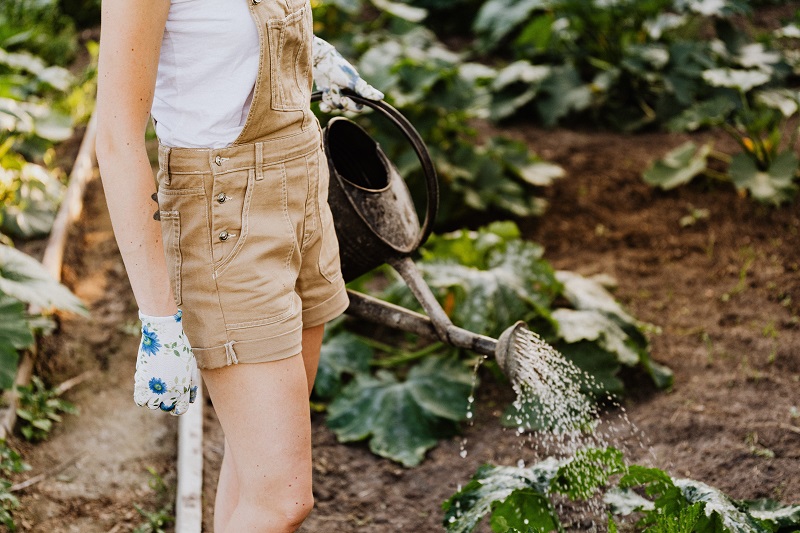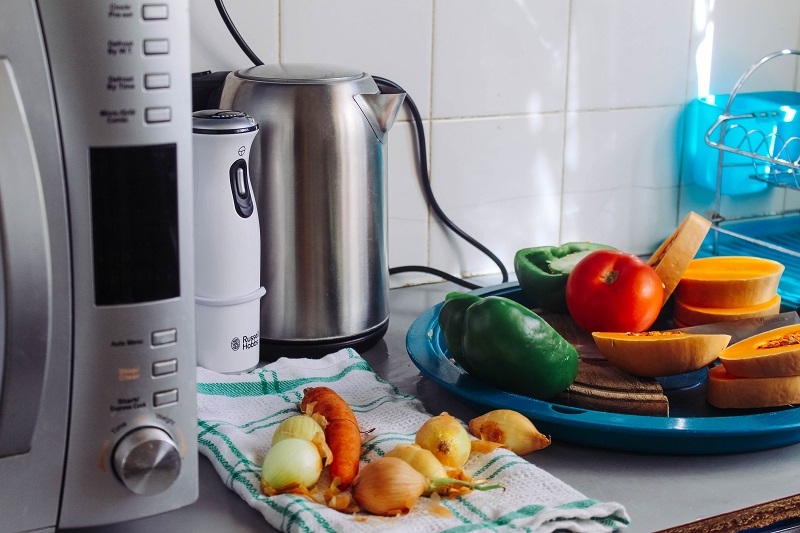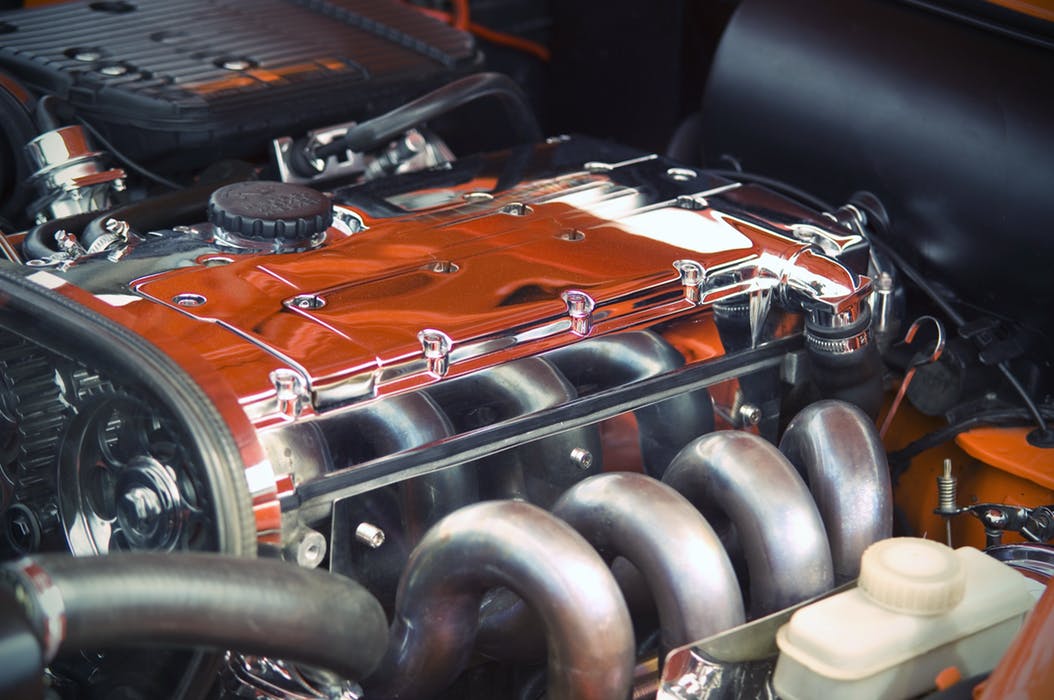

Photo by Karolina Grabowska from Pexels
As the world becomes more conscious of the impact of human activity on the environment, more and more homeowners are turning to sustainable living practices to reduce their ecological footprint. From installing solar panels to composting, there are many simple and effective ways to make your home more environmentally friendly.
Check out these five sustainable home ideas that will inspire you to make a positive impact on the planet.
Contents
1. Install Solar Panels
Solar panels are photovoltaic modules that generate electricity by converting sunlight into usable energy. By harnessing the power of the sun, you can reduce your reliance on traditional energy sources and save money on your utility bills.
In addition to cost savings, solar panels also have a positive impact on the environment. They produce clean, renewable energy and help to reduce greenhouse gas emissions.
If you’re considering installing home solar panels, there are a few things to keep in mind. First, it’s important to ensure that your home is a good candidate. You’ll need to have a roof that receives plenty of sunlight throughout the day. And you have to work with a reputable installer to ensure that your solar panels are installed safely and correctly.
2. Raising livestock
Raising livestock has become increasingly popular among homeowners seeking a more sustainable lifestyle. If you’re considering doing this, one of the most important investments you can make is in high-quality poultry netting.
Poultry netting is a type of fencing designed to keep livestock safe and secure while also allowing them to roam freely. It protects them from predators such as raccoons, foxes, and birds of prey, as well as prevents them from wandering into neighboring yards.
Raising livestock provides an opportunity to produce your own food, such as fresh eggs, milk, or honey, which can reduce your reliance on store-bought products that have traveled long distances and consumed a lot of energy in the process.
3. Rainwater Harvesting
This involves collecting rainwater from your roof or other surfaces and storing it for later use. A rainwater harvesting system is an excellent way to conserve water and reduce your overall water usage. You’ll be surprised at how much you’ll save on your water bills.
To implement this, you’ll need to install a system for collecting and storing the water. This can be as simple as using a rain barrel or as complex as installing a full rainwater harvesting system that includes gutters, pipes, and storage tanks.
The collected rainwater can be used for a variety of purposes, including watering plants, flushing toilets, and even washing clothes. You have to make sure that the water is properly filtered and treated before use, since the rainwater from your roof may contain debris, pollutants, and contaminants.
4. Practice Composting
Another way of making your home sustainable is by composing. This involves the process of breaking down organic matter, such as food scraps, yard waste, and other biodegradable materials, into a nutrient-rich soil amendment.
Composting reduces the amount of waste that goes into landfills, improves soil quality to support a healthy garden, and reduces the need for chemical fertilizers.
To start, you’ll need a compost bin or pile. Avoid placing the bin near your house or outdoor seating areas since they attract insects and produce foul odors. Composting requires a balance of “brown” and “green” materials. Green materials include food scraps and grass clippings, while brown materials include dry leaves and wood chips.

Photo by Phenyo Deluxe from Pexels
5. Invest in Energy-Efficient Appliances
An appliance is considered energy-efficient when it uses less energy than its traditional counterparts to perform the same function. This is typically achieved through the use of advanced technology, such as improved insulation, high-efficiency motors, and optimized design.
When shopping, look for the ENERGY STAR label. This label indicates that the home appliance meets strict guidelines set by the United States Environmental Protection Agency. Common household appliances that can be replaced with energy-efficient versions include refrigerators, dishwashers, washing machines, and dryers. Upgrading can result in significant energy savings over time.
In addition to purchasing these kinds of appliances, there are other steps you can take to reduce your energy usage at home. These include turning off appliances when not in use, and using a programmable thermostat to regulate heating and cooling.
Takeaway
Incorporating these practices into your home can have a profound impact on both the environment and your own lifestyle. Each of these home ideas is a step in the right direction towards a more sustainable future. As homeowners, you have the power to make positive changes in your own communities and contribute to a cleaner, healthier planet.



